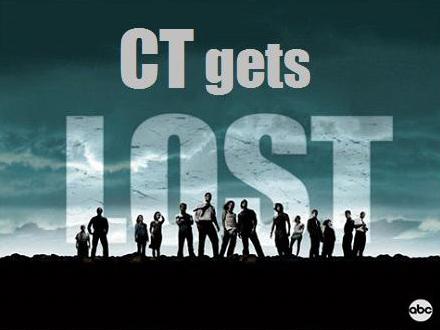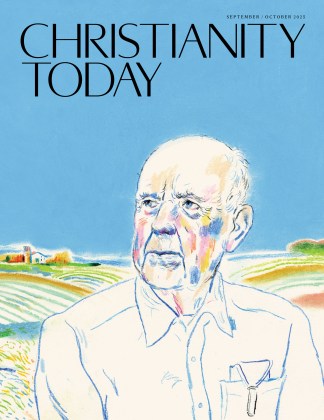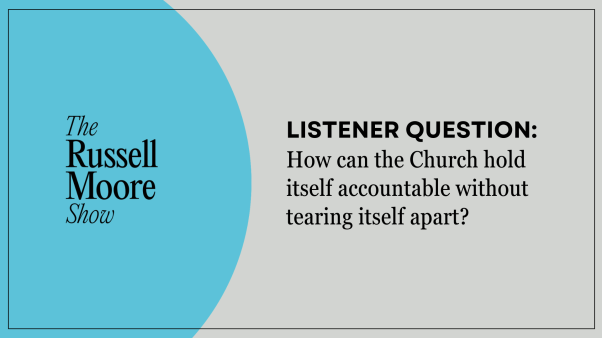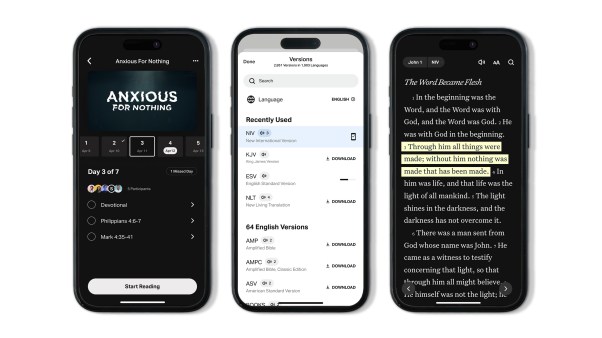 Oxfords, Docs,
Oxfords, Docs,
Converse, crocs.
Peep toes, pumps,
Mary Janes, clogs.
Jellies, Wellies,
Combats, Chucks.
Manolos, Maddens,
Sandals, stilettos.
Kitten heels, mules,
Birks and wedges.
A new study reveals that our soles are the window to our souls; these tongues do tell.
The research finds that you can judge 90 percent of a stranger’s personality just by the shoes the person is wearing. In the study, a range of detailed demographic traits, including age, income, political affiliation, and emotional stability, were guessed from the wearer’s shoes. As the researchers explained in the Journal of Research in Personality, “Shoes serve a practical purpose, and also serve as nonverbal cues with symbolic messages. People tend to pay attention to the shoes they and others wear.” According to the study, my shoes would reveal me as extroverted, aggressive, and conscientious, but not calm or agreeable. Hmmm. Maybe so.
At any rate, I was surprised to learn recently that a study conducted last year found that the average American woman owns 17 pairs of shoes.
17 pairs.
That’s all?
I’m not exactly Imelda Marcos, but if you consider my various roles—professor, stall mucker, runner, rider, and regular person—then multiply that by four seasons, well, you do the math: I need a lot of different foot coverings. Even so, I have far more than I need—and yet still have a wandering eye. I can’t even try to rationalize it. But still, I am curious about why something that so clearly serves an essential function (barefoot advocates notwithstanding), pleases so much through such variety in its forms.
It’s not all pleasure, though. We shoe lovers apparently withstand a fair amount of pain for our shoe obsession: that same study from last year showed that 59 percent of American women surveyed have gotten blisters from their shoes, and 46 percent have experienced foot pain from them; 35 percent have had an evening ruined by uncomfortable footwear; and 24 percent of have fallen because of their shoes.
Theories to explain such inexplicable love for shoes abound. The same study above says that some women go shoe shopping to cheer themselves up. Perhaps that’s true for some, but I’ll happily shop for shoes in any mood. Another explanation the study offers is that “no matter how much weight you gain, you can always fit into your shoes. They’re friends through thick and thin.” Maybe. Some experts say buying new shoes stimulates an area of the brain’s prefrontal cortex termed the collecting spot, and according to Suzanne Ferriss, PhD, editor of Footnotes: On Shoes, “Shoes are a collector’s item, whether women realize they perceive them that way or not.” Another sees shoe savvy as a way to boost one’s career. A new book by Rachelle Bergstein, Women From the Ankle Down: The Story of Shoes and How They Define Us, postulates that shoe styles and sales reflect the economic times: sky-high platform heels became popular when the economy collapsed, and at the recession’s height, when most retail sales were in decline, the sales of shoes—a more meager form of luxury—thrived. Within most of Christian culture (happily for me), shoes, for the most part, dance under the radar of the modesty wars, which are pretty narrowly focused on the three Bs (bust, belly, and butt).
But perhaps there’s more to what meets the eye when it comes to what covers our feet.
For a great pair of shoes is a work of art. One shoe scholar says shoes are like sculptures. I think shoes might be likened to poetry. In fact, the rhythmical unit of poetry is called, not-so-coincidentally, a foot and, just like the shoes that adorn human feet, the poetic foot comes in various shapes and sizes, with a different term for each foot-tapping pattern: iambic, trochaic, anapestic, spondaic, dactylic, pyrrhic. At their best, shoes, like poetry, are the perfect marriage of form and function. But bad shoes, like bad poetry, are torture, unbearable to both feet and eyes. As Bergstein writes in Women From the Ankle Down, “Shoes, like works of art, are inextricably bound to the world in which they’re produced, and yet they also rest agelessly outside it, like bursts of beauty that defy the mundane.”
My taste in shoes, like that in poetry, is broad but tends toward heft rather than delicacy and favors texture more than smoothness. Perhaps this obsession with shoes is the symptom of a prosaic age. The human heart, with beats all its own, was made for poetry: poetry will out, one way or another.
Both poetry and shoes have come to be forms of self-expression although they didn’t start out that way. Ultimately, for me, with shoes (if not for poetry), it is all about self-expression. I can’t sing or dance or paint or sculpt or play a musical instrument. But I can punctuate a great outfit with a fabulous pair of shoes. As that dandy Oscar Wilde once quipped, “One should either be a work of art, or wear a work of art.”
This love of shoes is surely extravagant. But when I look around at God’s world and observe his perfect balance of form and function—in other words, the how and the what of things, like the pleasure food provides as it sustains us—I note a bit of extravagance in his creation, too: the neck of the giraffe, the spark of the firefly, the quills of the porcupine, the dirge of the mourning dove, the glow of the sunset. All of these qualities serve essential functions in nature’s economy as God has designed it. But, oh, in what lovely forms those functions are fulfilled.
Another pair of shoes? Why, yes, please.
Lost fans and media have landed in Hawaii for Saturday’s final season premiere, live at Sunset on the Beach in Waikiki.

https://www.youtube.com/watch?v=VcEM-lsAgf8
Virginia Breen’s daughter, Elizabeth, seemed to be thriving like any other infant: walking and smiling, her eyes bright and cheery. Then within one week, Elizabeth mysteriously stopped speaking, and shortly thereafter was diagnosed with autism. But for the past seven years, the 14-year-old has been “talking” through writing, mostly through poetry. Her writing is featured in I Am in Here (Baker), which is the story of Breen, a Christian, relentlessly advocating for her child, discovering her child’s compassion for others, and researching ways to help Elizabeth overcome “the shadow of autism.”
Breen, who recently spoke about Elizabeth’s autism and poetry at TEDMED in April, talked to me about common myths about autism and what she has learned about God through Elizabeth’s vibrant faith.
Through the years in which Elizabeth couldn’t speak or use a letterboard, how did you know that she wanted to communicate?
Despite the turmoil of autism, there were times when Elizabeth would look into my eyes and blink slowly and deliberately, like a stroke victim to show me that although she could not speak, she understood what I was saying to her. This didn’t happen often, but it drove me to find a way for her to break free from her “silent cage.” Finally, when Elizabeth was 6, we found Soma Mukhopadhyay in Austin, Texas. She developed the Rapid Prompting Method (RPM) and taught her own nonverbal son to communicate with it. Soma has freed Elizabeth and more than 1,000 children and adults with RPM.
What have you learned about faith from Elizabeth?
Elizabeth has taught me … about keeping faith alive in the midst of life’s challenges and focusing on what is important. Despite not being able to speak or control her body, she is joyful and hopeful. When she was 12, she wrote:
The Things I Know For Sure
There is a God
I am loved
The sun will shine
I will survive autism
You write that you “struggle every day not to be sucked down [autism’s] hole.” Elizabeth writes, “I have autism. I am different. I am how God made me.” Is autism how God made Elizabeth, or something from which she needs healing or something else altogether?
I believe God made each of us in his image. Our bodies and souls are perfect in his sight. But our earthly existence can be far from perfect. Elizabeth has a medical condition that came from living in a polluted world, not from God. We have sought medical care for her as well as healing prayer. The hope for Elizabeth is that her body will be healed by God or medical science, or a combination of the two, aided by the force of her strong will.
One of the things I appreciated most about this book was the way in which it debunked some myths about autism that I had thought were true. What are some of those myths, and how has Elizabeth’s life proved them wrong?
The label “autism” contains so many myths: that there is no desire for connection, no intelligence, no hope for improvement. Elizabeth wants the world to look at autism differently. Autism is a medical condition that can be treated. With improved health, our children can be educated and, in some cases, completely recover. Elizabeth is on the road to recovery, and sometimes that road is bumpy. She helps us understand what it is like to live with autism in this poem and reflection:
Me Revisited
I can’t sit still,
What’s wrong with me?
My body is doing things
I can’t explain.
My dignity I am trying to maintain.
People stare at me
When I rock and shake.
I don’t know how much
More I can take.
So much to deal with
Going on inside me.
I wish I could get better,
I want to be set free
From my silent cage.
Elizabeth’s reflection: Some of the people at school who do not know me make me feel uncomfortable. They stare at me. I would not rock and shake if I could stop it. It just happens sometimes. I wish they could understand, but mostly I wish I could explain it to them.
Elizabeth wrote this next poem to dispel the biggest autism myth of all. When she was 9 years old, a speech expert said in front of her, “Maybe she just doesn’t want to talk.” This was her response:
Me
I sometimes fear
That people cannot understand
That I hear.
And I know
That they don’t believe I go
To every extreme
To try to express
My need to talk.
if only they could walk
In my shoes
They would share my news:
I am in here.
And trying to speak everyday
In some kind of way.
Elizabeth’s reflection: I wrote “Me” to let people know that even though I don’t speak, I feel and understand the world around me. I want to be heard and respected. I want that for everyone, especially for people like me.
You believe that Elizabeth’s autism was triggered by routine vaccinations as a child. What would you advise parents when it comes to making choices about vaccinations?
The medical community believes autism involves a genetic component and an environmental trigger based on the fact that autism is more common in families and there is no such thing as a genetic epidemic, so something in our environment is causing the monumental increase. Today, one in 88 children in the United States has autism, a 78 percent increase in a decade.
For Elizabeth, I believe the genetic component is our family history of autoimmune disease and the environmental trigger was her 15-month vaccinations. Within a week of receiving those five vaccines, she lost her ability to speak. I am not anti-vaccine. But I believe children receive too many, too soon, and all vaccines need to be cleansed of questionable ingredients. And for families like mine, with a history of autoimmune dysfunction, the vaccination schedule should be reviewed very carefully. Parents can and should educate themselves to make informed, appropriate choices for their children.
From Elizabeth’s writing, what do you understand her to believe about God?
Elizabeth is an old soul. Her sense of God is much wiser than her years. Perhaps because she can’t speak, she hears more clearly that small, still voice speaking to her throughout the day. She wrote this poem and reflection when she was 9 years old.
God Loves Us All
It does not matter who you are
It does not matter if you stray far
God is always there for you
In spite of what you may do
His love is stronger than anyone can know
You just have to know to go
to God.
Elizabeth’s reflection: I wrote this poem because I want people to know the power of faith. No matter what you face in your life: sickness, hunger, poverty or just not having a relationship with God, he is always there for anyone who calls on him.
Chris Seay, author of The Gospel According to Lost, is on the island, taking part in the festivities, and will hopefully be interviewing some of the cast members. Chris is doing regular videoblogs exclusive for CT through the weekend and throughout this sixth and final season of the popular show. Here’s his first installment:








